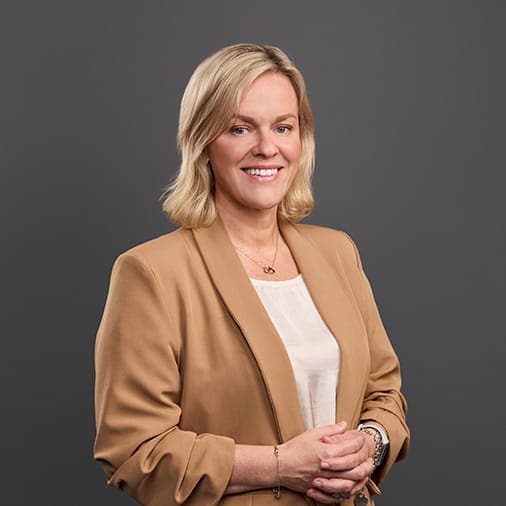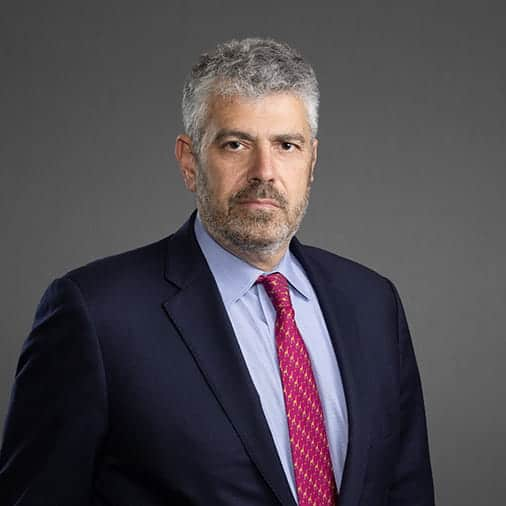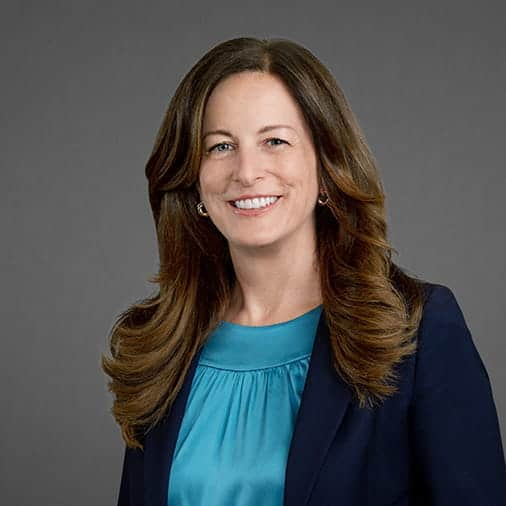Climate COP
A global, intersectional challenge like climate change requires a global, intersectional response. While the annual United Nations Framework Convention on Climate Change (UNFCCC) Conference of the Parties (COP) convenes governments to tackle global warming, the private and NGO sectors have key roles to play in implementing commitments to arresting climate change, innovating new approaches and accelerating the transition towards net zero and sustainability.
Limiting Global Warming
Each year, countries that have adopted the UNFCCC—known as Parties—meet at COP to examine progress in dealing with climate change and to negotiate a global plan for climate action. DLA Piper is a regular participant at the COPs, and has been since COP12 in Doha, and including COP21 in Paris, where member states adopted a legally binding international treaty on climate change. Parties to the Paris Agreement committed to limiting the increase in global average temperatures to below 2°C, while seeking to stay within 1.5°C. Each Party must track, record and report on their carbon emissions, and their efforts to reduce them.
Supporting your journey
This webpage is designed to help you navigate the COP processes by reviewing the basic concepts of COP and climate change in The Essentials and providing high level insights on What to expect at COP28. For those wanting to learn more, there is thought leadership in the form of insight features, our climate transition podcasts and upcoming events.
COP28 roundup
Despite many decisions taken (and some not taken) under the agenda of COP28, the decision that dominated the headlines and contributed to several overnight negotiations was the conclusion of the global stocktake. The decision marks the first of its kind to refer to “fossil fuels”, stating that all countries were called upon “to contribute to” a list of goals, including “transitioning away from fossil fuels in energy systems in a just, orderly and equitable manner accelerating action in this critical decade”. It also calls upon countries to contribute to global efforts towards tripling renewable energy capacity and doubling energy efficiency as well as those that seek to accelerate carbon capture, utilisation and storage, particularly in hard-to-abate sectors. Finally, the global stocktake decision encourages all Parties to ensure that their next nationally determined contributions (NDCs), due in 2025, contain ambitious, economy-wide reduction targets, aligned with limiting global warming to 1.5 °C, taking into account different national circumstances.
In addition to the global stocktake, several other decisions were taken. In respect of loss and damage, countries made progress on the operationalisation of the loss and damage fund. Namely, they agreed on the first day of COP28 that the World Bank would house the fund for an initial period of four years, that it would be separate to the UNFCCC financial mechanism and that it would have a board made up predominantly of members from developing countries.
Regarding adaptation, a decision was taken on technical issues related to the Global Goal on Adaptation (GGA) Framework. For example, parties agreed that water, food, health, ecosystems, infrastructure, poverty eradication and cultural heritage should be key themes under the GGA. The bodies tasked with implementing the Paris Agreement will develop targets and indicators for adaptation efforts under these themes in the coming years.
This package of key decisions is referred to as the UAE Consensus.
There were some matters on which no substantial decisions were reached, or which didn’t find the spotlight at COP28. The first of these is finance. Over the two weeks none of the biggest negotiation items focused exclusively on climate finance (beyond the loss and damage fund), but climate finance permeated many formal discussions. For example, during discussions on fossil fuels, developing countries highlighted the need for significant financial support to engage in the orderly transition referred to in the UAE Consensus. Groundwork was also laid for continued negotiations on the new collective quantified goal on climate finance, which is expected to be a major agenda item at the next COP.
In addition to finance, a few other issues such as food and agriculture and Article 6 (the mechanism for international carbon trading under the Paris Agreement) were subject to negotiations, but Parties were unable to reach consensus at COP28. These items, together with a new finance goal, will be discussed further at the international climate negotiations in Bonn and COP29 next year.
There were many references to climate science during COP28, concluding with an explicit recognition of the findings of the most recent Intergovernmental Panel on Climate Change report in respect of pathways to 1.5°C. The World Meteorological Organisation also released new reports during the conference confirming that 2023 is “set to be the warmest year on record”. These reports also noted the need to increase climate finance to achieve climate objectives and the impact of global warming on natural carbon sinks and food security.
From the first day of negotiations, several international and country pledges concerning loss and damage, fossil fuels, deforestation, methane and nature (among many others) were made. During COP, countries pledged over USD 770 million to the loss and damage fund, with the highest pledges coming from the UAE, Germany, Italy and France. Countries also pledged almost USD 200 million to the Adaptation Fund, which was welcomed given the significant gaps in adaptation finance in previous years, according to many Parties. Global Methane Pledge (GMP) partners announced over USD 1 billion in new grant funding for methane action mobilized since COP27 which will mobilise investment to reduce methane. The Climate and Clean Air Coalition will now be the new secretariat for the GMP, which also added new members bringing total participation to 155 governments.
In the realm of non-monetary pledges, nine new countries, including the US and the UAE, signed up to the Powering Past Coal Alliance, and Spain, Kenya and Samoa joined the Beyond Oil and Gas Alliance, which was launched at COP26. In addition to these pledges, 123 countries (excluding China and India) pledged to triple renewables and double energy efficiency improvements.
It was also decided that COP29 would be held in Baku, Azerbaijan. What should you look out for over the next year? As mentioned above, some key issues will be high on the agenda at the next COP. These include the new collective quantified goal on climate finance and Article 6 (Carbon markets). Between now and then, several relevant international events are scheduled, including the G7 summit in June 2024, the G20 summit in July 2024 and the biodiversity COP, which will take place in late 2024 before the climate COP29. In addition to these, multiple elections are on the horizon including general elections in Pakistan, India, Indonesia, Turkey, South Africa, Mexico, the US, the European Parliament and potentially the UK, as well as in COP29 host country Azerbaijan.
The Essentials
Latest insights
Key resources

Staying on top of COP: Key resources
The Climate Transition Podcast series
Listen now














